Although I like most wood species, I have to admit that beech has never been one of my favorites. I considered it to be a wood without personality, monotonous, with nothing to stand out. The other day when I was writing about Thonet rockerI had a revelation. The wood from which that rocking chair is made is beech, and the beauty lies precisely in those continuous ripples in the wood. In fact, all Thonet chairs rest on this discreet beauty. I realized how unfair I had been to beech wood, and I thought it was imperative to restore it to its place alongside the other species.
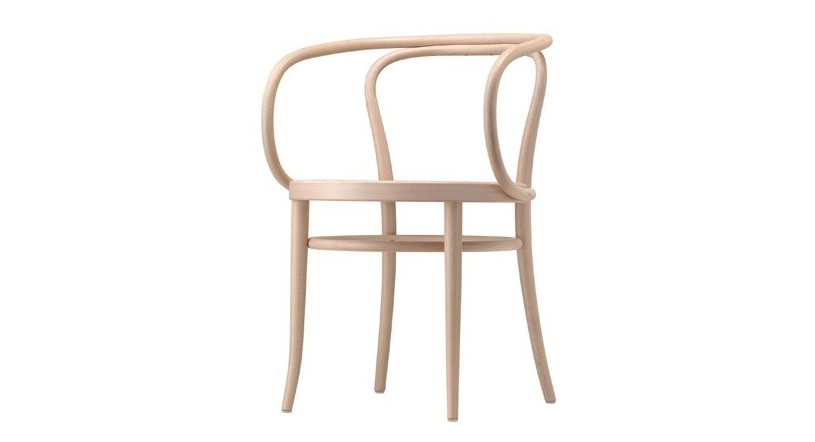
The beech that grows in our country is Fagus sylvatica, the European beech as it is also known. It is native to central, eastern and western Europe and parts of Asia (Iran). It grows from altitudes of 300-500 m, in bright valleys with loamy soil, to altitudes of 1200-1400 m. In our country it is found in the north of the country. It generally grows to 25-30 m, reaching up to 1.5 m in diameter. However, there are specimens that can reach 40 m in height and 2 m in diameter. The trunk is straight with greenish-grey bark, the leaves oval and the fruit small and spiky (jir).
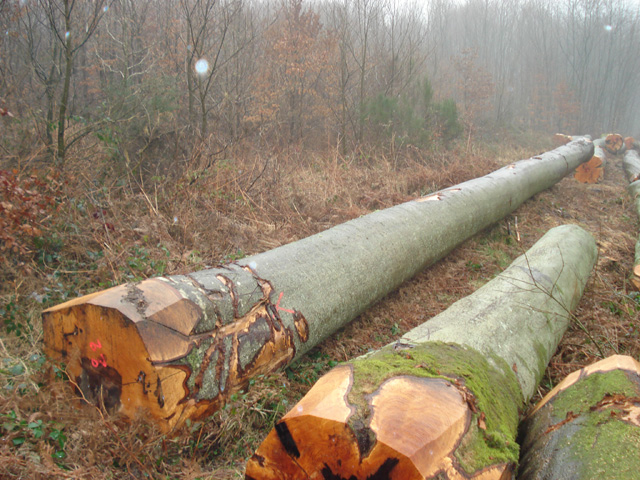
The wood is heavy, hard, with high resistance to pressure. The grain is straight, fine to medium-textured. The pores are visible, evenly distributed and smaller than those of oak.
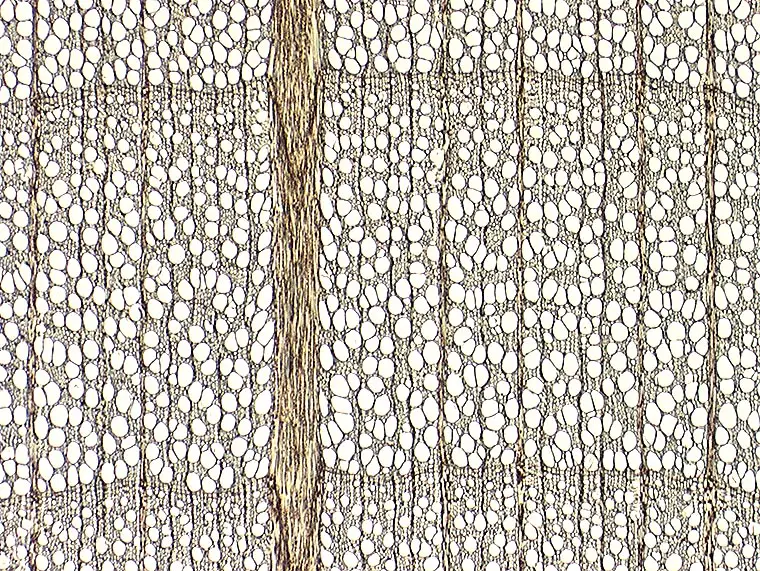
Instead, the annual rings are more conspicuous than those of oak. The color of the young tree is yellowish-white, becoming reddish-white with a red heart. With steaming the color becomes more uniform and the wood becomes stronger, uniform and no longer absorbs moisture.
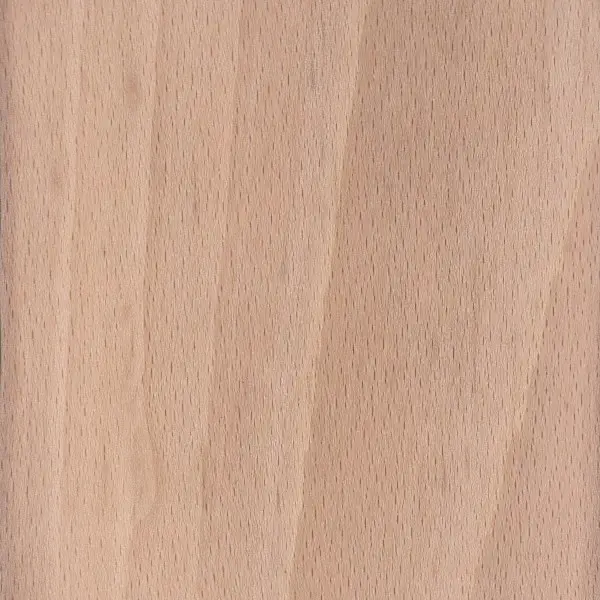
Beech wood can give cracking or bending problems when drying.
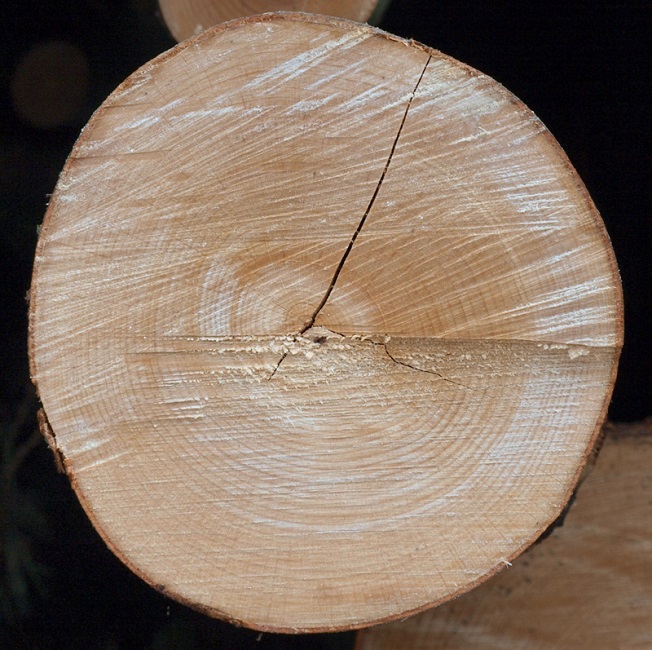
It does not withstand uncontrolled humidity and when in such environments it can rot, turning a chocolate-purple color. It is used as both solid wood and veneer.
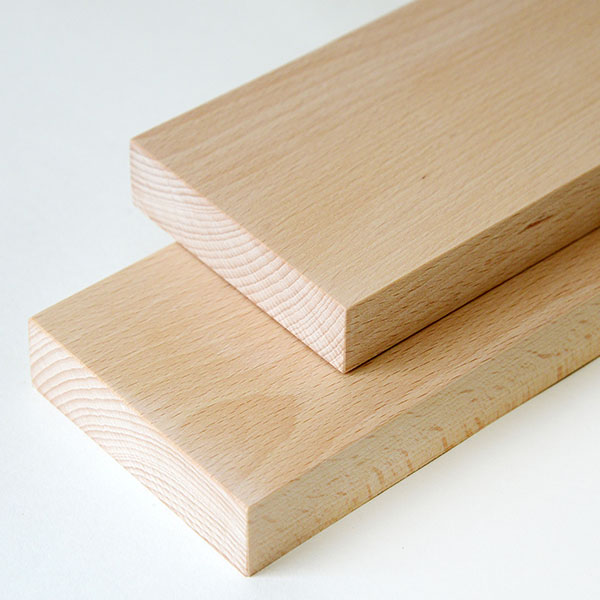
Beech veneer is darker and more uniform than wood because steam is used to make veneers.
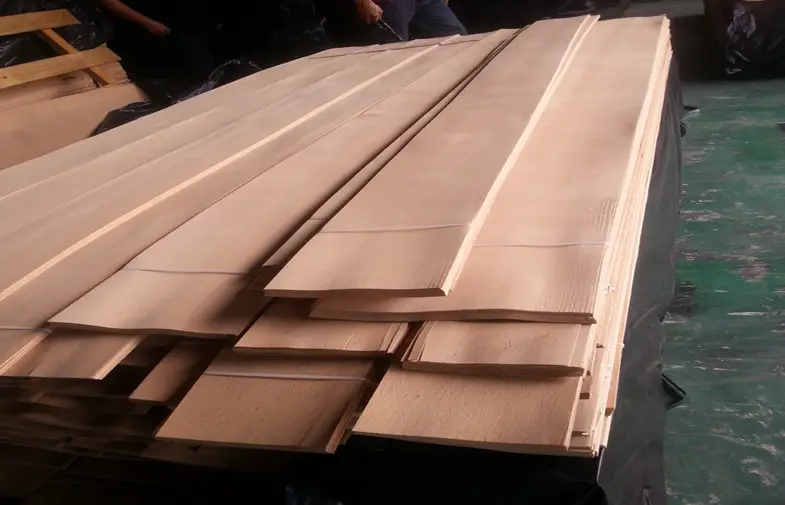
One of the most important properties of beech wood is that it can bend very well after steam treatment. That's how it became famous. Thonet, who invented the steam bending method, made the famous Bistro chair no.14 from bent beech woodin 1859, and this chair is the best-selling piece of furniture of all time.
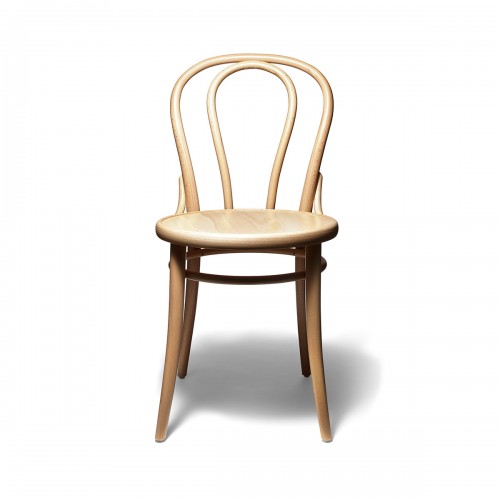
Beech wood is used in furniture, flooring, plywood, curved and molded elements, wooden mallets and other small and useful objects, in construction, as firewood, being the wood with the highest degree of use.
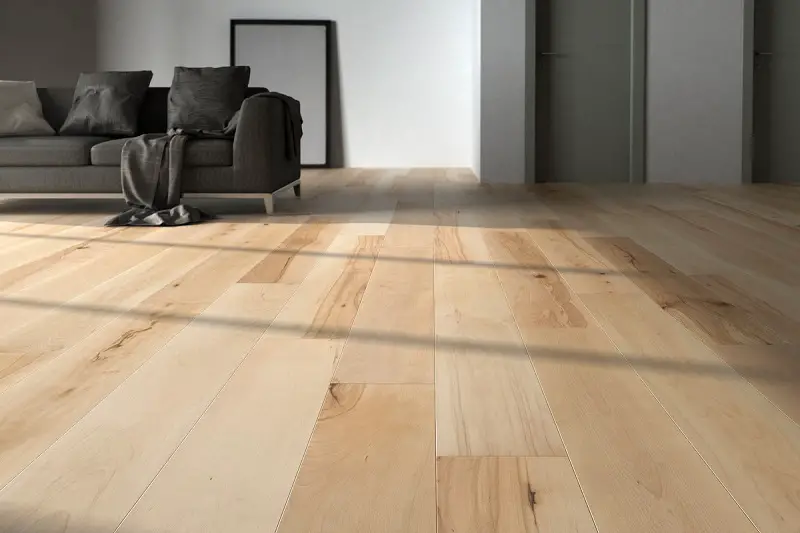
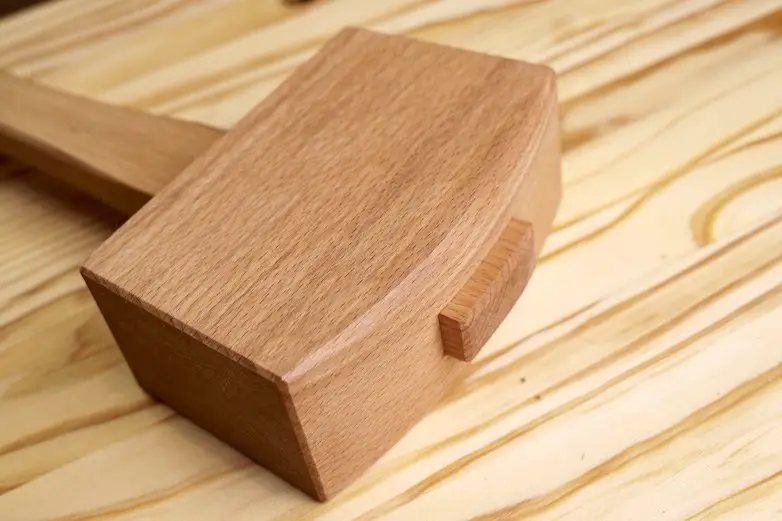
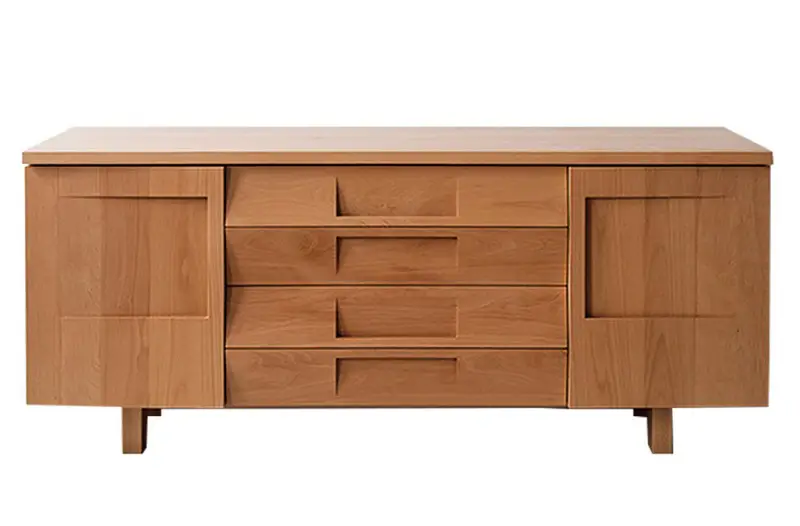
It is considered the best firewood, with a high calorific value. It burns with low smoke and high temperature and was used in the past to heat furnaces for glass and iron. And there's something else you should know: beech sawdust smoke is best for smoking meat and bacon. 🙂
It is one of the most widely used furniture woods. Both solid, steamed or unsteamed, and veneer are used. Veneers can be technical, for plywood or for panel blinds, or aesthetic veneers for furniture. It is widely used to make chairs with molded elements. Unlike plywood, where the veneers are laid on top of each other perpendicularly, in molded elements they are laid parallel and molded on to the forms to form seats or backrests.
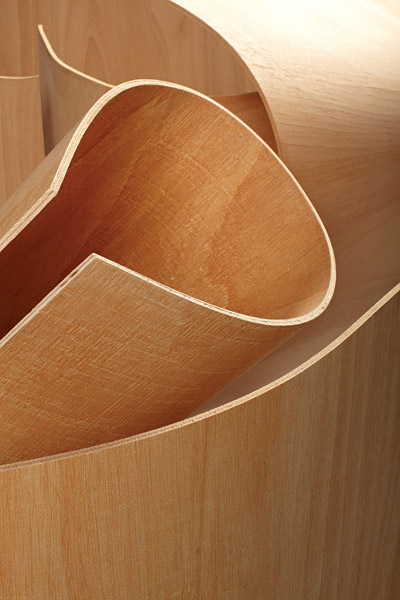
And since its glory comes from its curvature I can't help returning to this field by showing you another famous example of a beech chair. It's the one made in 1988 by Marc Newson, a designer born in Australia but who came to design in Europe. The chair is part of the Cooper Hewitt collection, and the appreciation it has enjoyed has now made the chair an exhibit in the Smithsonian Institute. The chair below is made of 2 straight elements, the rest being steam bent beech elements. Amazing what can be done with this beech, isn't it?
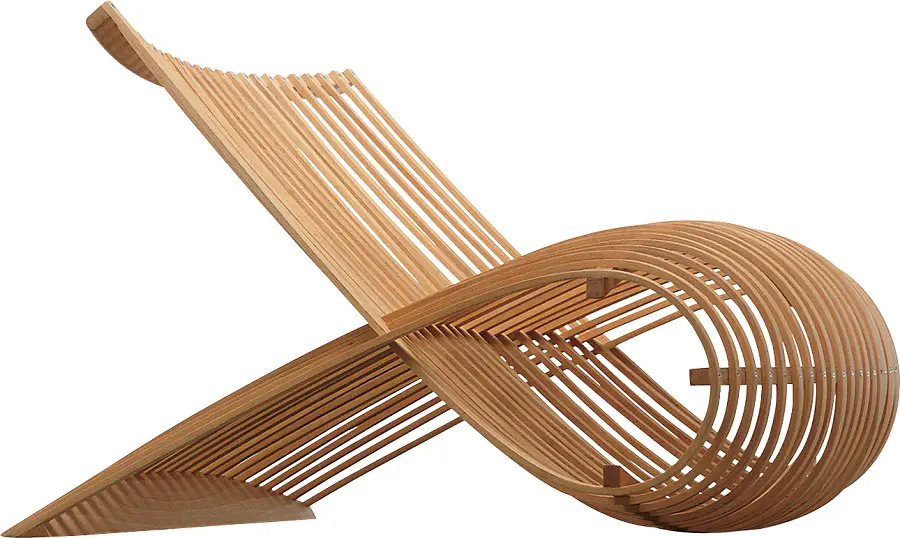

































Well done, lady! Well done article!
Very nice article. Thanks
Thank you for your appreciation too!